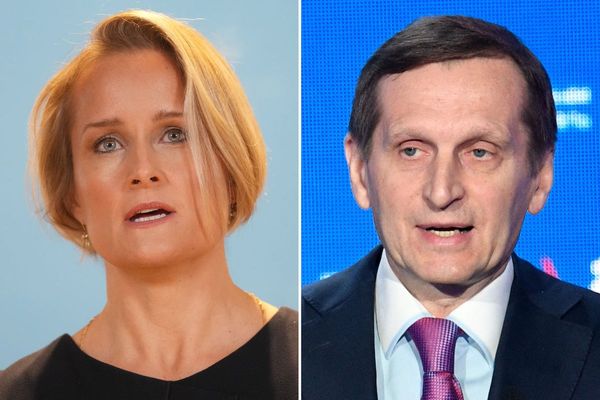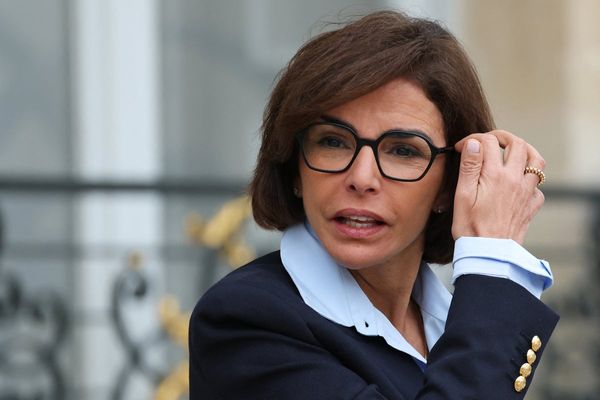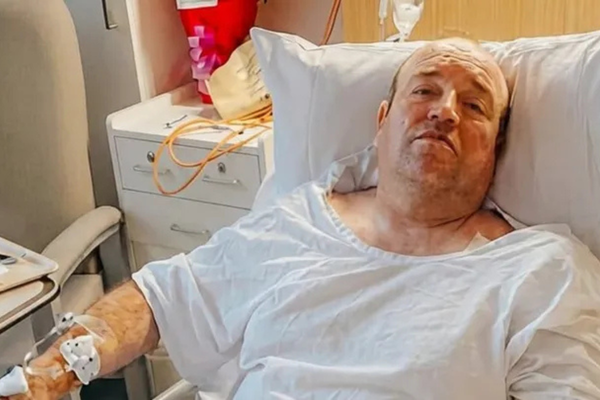
This morning, there are discussions about a potential significant reorientation of the Federal Reserve, with the President considering a move that could grant him unprecedented control over the institution. The recent attempt to remove Fed Governor Lisa Cook is seen by many as the initial step towards a larger transformation. The President's primary objective has been to secure lower interest rates, a mission that has encountered resistance but could potentially be achieved through a substantial overhaul of the Fed.
If the effort to oust Cook proves successful, the President would gain a majority at the Fed's influential Board of Governors. This majority would consist of Cook's replacement, his economic advisor Stephen Myron (nominated for an open seat at the Fed), and two Fed officials appointed during the previous term. Every five years, the Board of Governors votes on the Fed regional presidents, a process that is crucial as these presidents play a role in the Fed's rate-setting committee.



The possibility arises where the President could condition the approval of regional presidents on their agreement to lower interest rates, a move that would give him greater influence over an institution historically resistant to his demands. However, this scenario raises concerns about the independence of the Fed from political influence, a principle fundamental to its design. Former Fed officials and analysts have expressed apprehension about the potential implications of such a development.
While there are obstacles that may impede this course of action, experts acknowledge the plausibility of the President exerting more control over the Fed. Tim Mahaney, a former San Francisco Fed official, has warned that this situation could represent a critical moment for Fed independence, urging Congress to consider the implications carefully.







